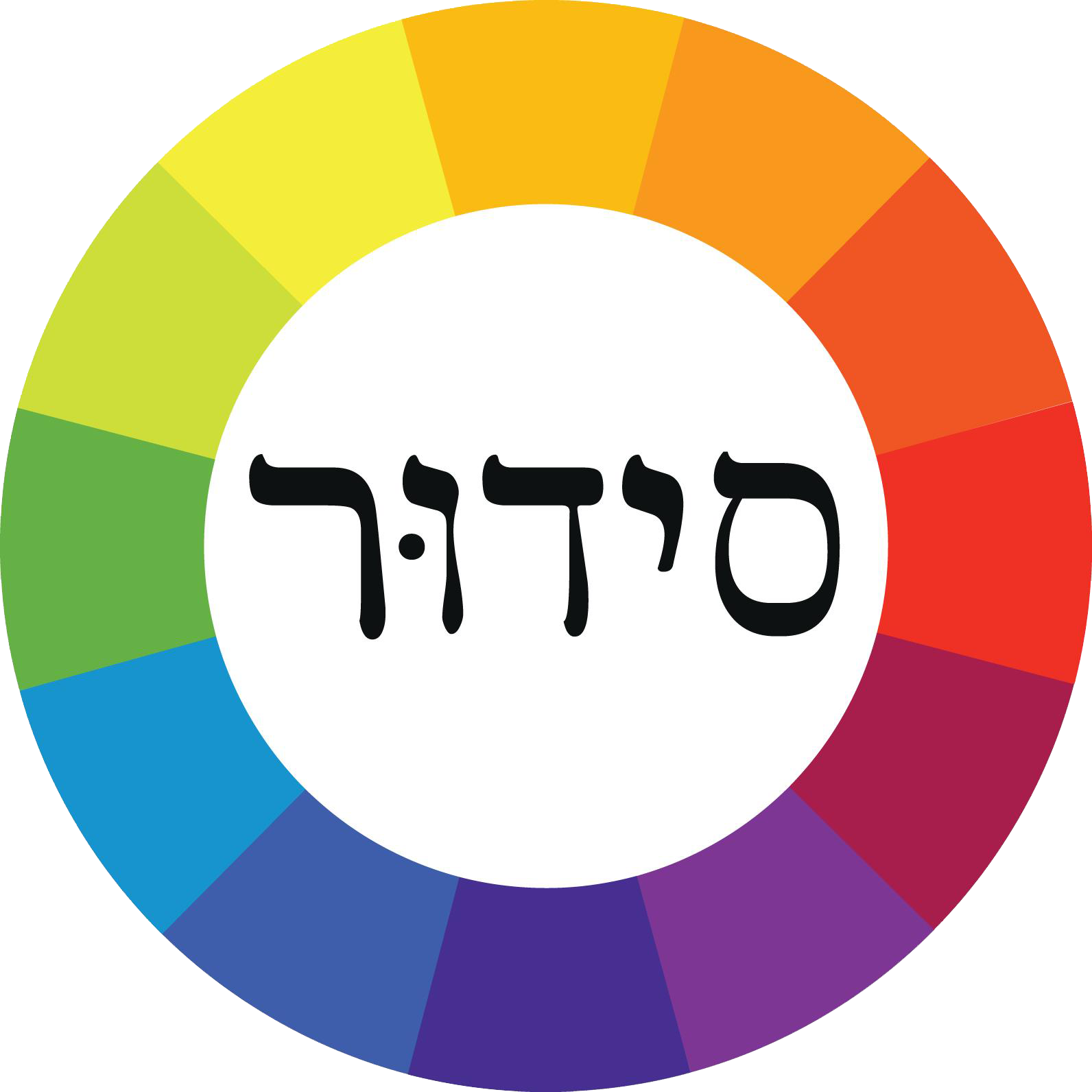The circle here is a reference to the form of Sandalfon, the angel of prayer, who daily weaves the prayers of the world into a wreath crown that is delivered to Hashem during the Qedushah.[1] Chagigah 13b.4. Also find Rabbi Dr. Arthur Green’s Keter: The Crown of God in Early Jewish Mysticism (1997). As the Latin letter ‘O’, the circle also stands for the word ‘Open’ in connection to the open-source principle and licensing framework undergirding this project, and in reciprocity to the divine project of giving through the renewal of creation in every moment (per Psalms 145:16).
The Hebrew letters forming the word סידוּר (siddur, an arrangement of prayers, i.e. a prayerbook) appear inside the circle. The text appears here and elsewhere with various styles of Hebrew typography. In the reference image below, the type is sourced from the Times New Roman digital font.
Notes
| 1 | Chagigah 13b.4. Also find Rabbi Dr. Arthur Green’s Keter: The Crown of God in Early Jewish Mysticism (1997). |
|---|


